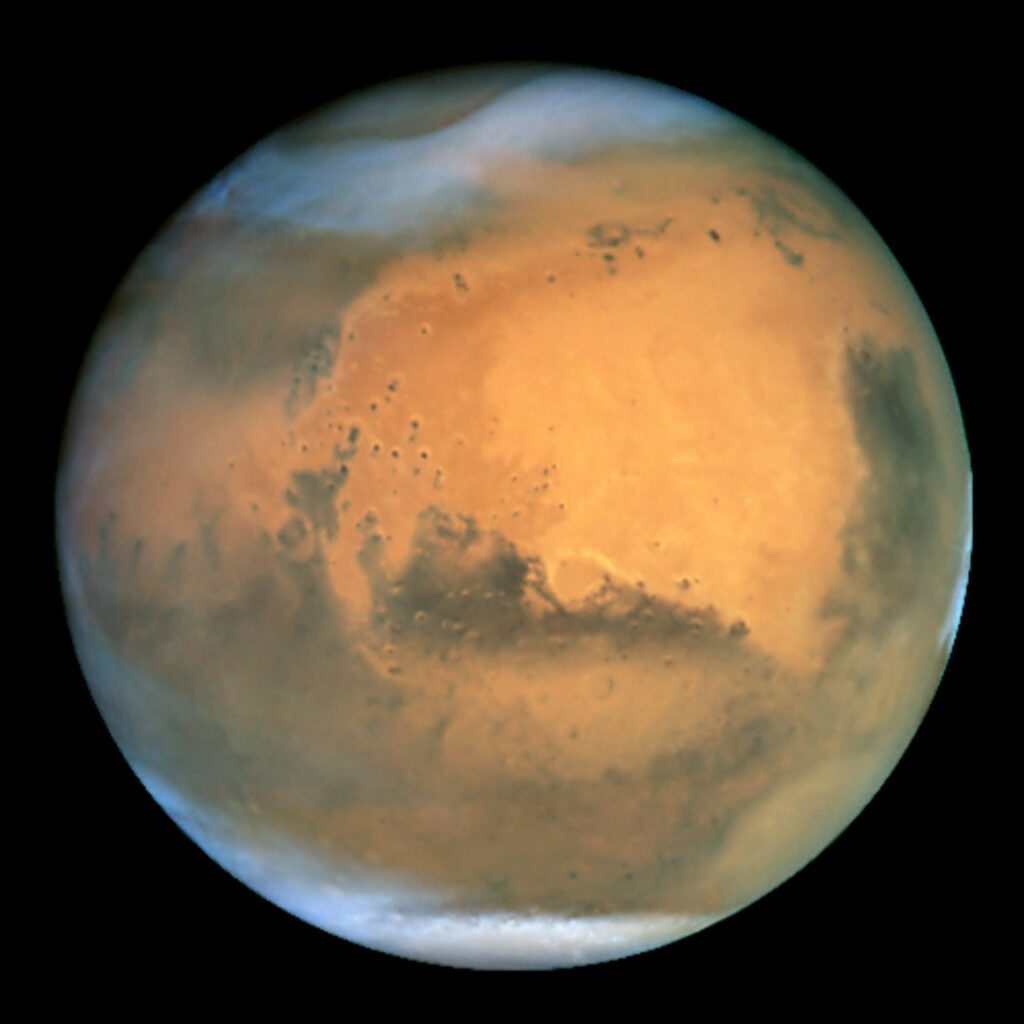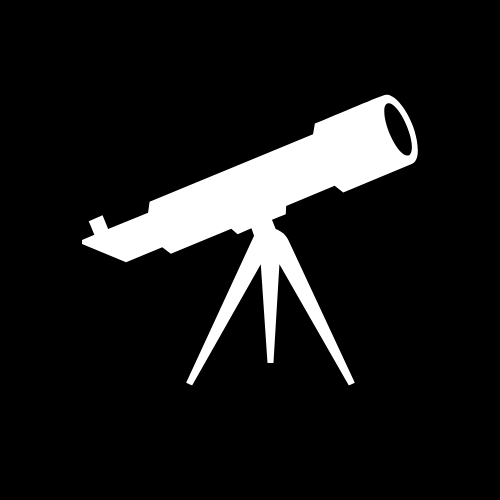Planet viewing for beginners
Planet viewing for beginners can be an exciting and rewarding experience. With just a few tools and some basic knowledge, you can observe the planets in our solar system and witness their unique features and movements.
| Planet | Best Viewing Times | Equipment Needed | Viewing Tips |
|---|---|---|---|
| Mercury | Just before sunrise or after sunset | Binoculars or a small telescope | Look low in the horizon, near the Sun. |
| Venus | Evening or morning, depending on its orbit | Telescope for detailed viewing | Bright and easy to spot; best during twilight hours. |
| Mars | Around opposition (when Earth is between Mars and the Sun) | Moderate telescope | Look for a reddish object in the sky. |
| Jupiter | Most of the year, especially during opposition | Telescope with good magnification | Visible most nights; look for its moons. |
| Saturn | Around its opposition | Telescope with decent magnification | Rings are visible with a small telescope. |
| Uranus | With a detailed sky map | Large telescope, very dark skies | Difficult to see, appears as a small disc. |
| Neptune | With a detailed sky map | Large telescope, very dark skies | Very faint, requires clear, dark skies. |
First steps

NASA/ESA and The Hubble Heritage Team STScI/AURA
The first step is to choose a good viewing location. Ideally, you want to be away from city lights and have an unobstructed view of the sky. A park, rooftop, or rural area can all be great options. Make sure to check the weather forecast and choose a clear night with minimal cloud cover.
Next, you’ll need a telescope or binoculars. A good beginner telescope should have a diameter of at least 70mm and a magnification of around 50x to 100x. Binoculars with a magnification of 7x to 10x can also work well for observing the planets. Once you have your viewing location and equipment ready, it’s time to identify the planets.
The five visible planets in our solar system are Mercury, Venus, Mars, Jupiter, and Saturn. Uranus and Neptune can also be seen with a telescope, but they are much more difficult to locate. To identify the planets, you can use a star chart or astronomy app. Look for bright objects that don’t twinkle like stars. Planets will appear as bright, steady points of light that slowly move across the sky over time.
Expectations
When observing the planets, it’s important to have realistic expectations. Unlike in photographs, planets will appear as small, bright disks through a telescope or binoculars. However, you may still be able to see some features such as the dark bands on Jupiter or the rings of Saturn. Finally, be patient and take your time. Planets move slowly across the sky, so you may need to adjust your telescope or wait for them to come into view. But with practice and persistence, you can develop your planet viewing skills and discover the wonders of our solar system.
When it comes to observing planets, having a high-quality commercial telescope is essential for getting the best possible viewing experience. There are many different brands and models of telescopes available on the market today, each with its own unique technical specifications and features. In this section, we will take a look at some of the best brands and models of commercial telescopes that are well-suited for observing planets.
Main technical specifications
Aperture
First, let’s talk about the main technical specifications that you should consider when selecting a telescope for planetary observation. One of the most important factors to consider is the aperture of the telescope. The aperture refers to the diameter of the lens or mirror and determines how much light the telescope can collect. A larger aperture means that you will be able to observe fainter objects, while a smaller aperture means that you will only be able to observe brighter objects. When it comes to planetary observation, a larger aperture is generally better, as it allows you to see more detail on the surface of the planet.
Magnification
Another important factor to consider is the magnification of the telescope. Magnification is determined by the combination of the telescope’s focal length and the eyepiece being used. A higher magnification means that you will be able to see more detail on the planet, but it also means that the image will be less stable and more affected by atmospheric turbulence. When it comes to planetary observation, a magnification of around 50x to 100x per inch of aperture is a good starting point.
Mount
The mount of the telescope is also an important factor to consider. The mount determines how stable the telescope is during observation and can greatly affect your viewing experience. A good mount will keep the telescope steady and allow you to easily track objects as they move across the sky. There are two main types of mounts available for telescopes: altazimuth and equatorial mounts. Altazimuth mounts are simple to use and are well-suited for beginners, while equatorial mounts are more complex but provide better tracking and are better for more advanced astronomers.
Eyepiece
Finally, it is important to consider the eyepiece options that are available with the telescope. Eyepieces are the lenses that you look through to observe the sky, and the type and quality of the eyepieces that come with your telescope will greatly affect your overall observing experience. Some telescopes come with multiple eyepieces, allowing you to change the magnification as needed, while others only come with one or two eyepieces.
Models for observing planets:
With these factors in mind, let’s take a look at some of the best brands and models of commercial telescopes for observing planets:
Celestron NexStar 8SE:
The Celestron NexStar 8SE is a high-quality telescope that is well-suited for planetary observation. With an 8-inch aperture, this telescope provides plenty of light-gathering power and allows you to see a lot of detail on the surface of the planets. The NexStar 8SE also comes with a computerized mount that makes it easy to track and locate objects in the sky.
Meade LS 8″ ACF:
The Meade LS 8″ ACF is another excellent option for observing planets. This telescope has an 8-inch aperture that provides plenty of light-gathering power, and the Advanced Coma Free (ACF) optical system helps to reduce distortions and provide a sharp, clear image. The LS 8″ ACF also comes with a computerized mount that makes it easy to track and locate objects in the sky.
Orion SkyQuest XT8:
The Orion SkyQuest XT8 is a popular option for planetary observation. With an 8-inch aperture, this telescope provides plenty of light-gathering power, and the Dobsonian mount makes it easy to use for both beginners and experienced astronomers. The SkyQuest XT8 also comes with two eyepieces, allowing you to switch between different magnifications as needed.
Sky-Watcher ProED 8″:
The Sky-Watcher ProED 8″ is a high-quality telescope that is well-suited for planetary observation. With an 8-inch aperture and an apochromatic refractor design, this telescope provides excellent image quality and reduces chromatic aberrations. The ProED 8″ also comes with a computerized mount that makes it easy to track and locate objects in the sky.
Zhumell Z8 Deluxe Dobsonian:
The Zhumell Z8 Deluxe Dobsonian is another great option for observing planets. With an 8-inch aperture, this telescope provides plenty of light-gathering power, and the Dobsonian mount makes it easy to use. The Z8 Deluxe also comes with two eyepieces and a Barlow lens, allowing you to switch between different magnifications as needed.
There are many great options available for commercial telescopes that are well-suited for observing planets. When selecting a telescope for planetary observation, it is important to consider the aperture, magnification, mount, and eyepiece options, as these factors will greatly affect your overall viewing experience. Some of the best brands and models for planetary observation include the Celestron NexStar 8SE, Meade LS 8″ ACF, Orion SkyQuest XT8, Sky-Watcher ProED 8″, and Zhumell Z8 Deluxe Dobsonian. Regardless of which telescope you choose, the most important thing is to get out under the stars and enjoy the wonders of the night sky!
Conclusion
Planet viewing is an exciting and accessible activity for beginners in astronomy. With the right times, some basic equipment, and a few tips, you can start observing the unique characteristics of each planet in our solar system. From the bright visibility of Venus to the distinctive rings of Saturn, each planet offers a different viewing experience. Remember, patience and persistence are key, as conditions like weather and light pollution can affect visibility. So, grab your telescope or binoculars, and embark on a celestial journey through our solar neighborhood.
FAQ Section for “Planet Viewing for Beginners”
What is the Best Time to View Planets?
The best time varies for each planet but often is around opposition, when the Earth is between the planet and the Sun.
Can I See Planets with the Naked Eye?
Yes, planets like Venus, Mars, Jupiter, and Saturn are often visible to the naked eye.
What Equipment Do I Need for Viewing Planets?
A good pair of binoculars or a beginner’s telescope can be sufficient for basic planet viewing.
Is It Hard to Find Planets in the Sky?
Some planets like Venus and Jupiter are easy to spot. Others, like Uranus and Neptune, require more effort and a sky map.
What Should I Look for When Viewing Jupiter?
Look for its four largest moons and cloud bands across the planet.
Can I See Saturn’s Rings with a Basic Telescope?
Yes, Saturn’s rings are visible with most amateur telescopes.
Why Are Some Planets Only Visible at Certain Times?
Planetary visibility depends on their orbits around the Sun and their position relative to Earth.
Do I Need a Dark Sky for Planet Viewing?
While a dark sky is not necessary for all planets, it enhances the viewing experience, especially for fainter planets.
How Can I Tell a Planet Apart from Stars?
Planets don’t twinkle like stars do and often have a steady, bright glow.
What Resources Can Help Me in Planet Viewing?
Astronomy apps, websites, and sky maps can be invaluable tools for locating and identifying planets.
